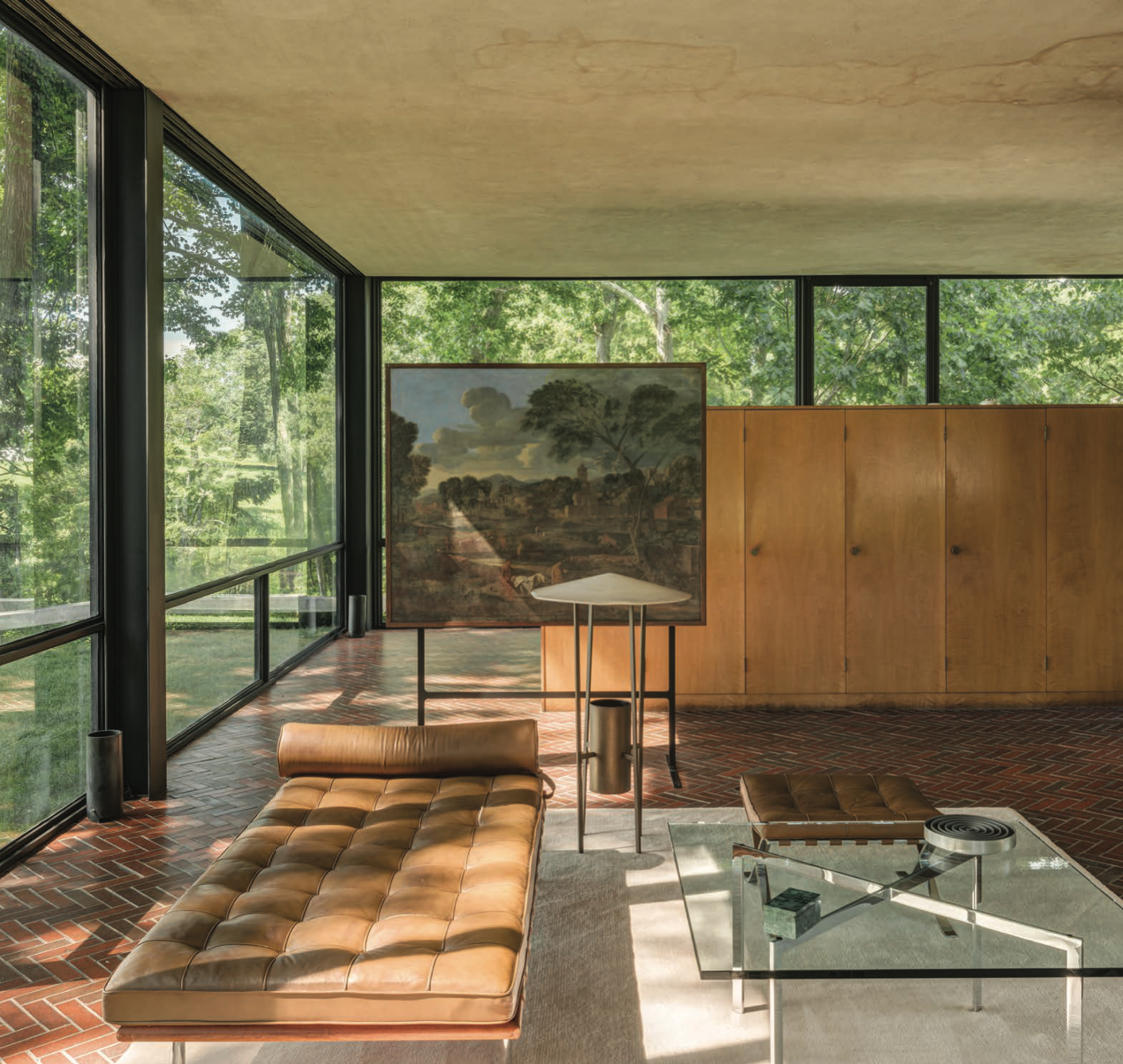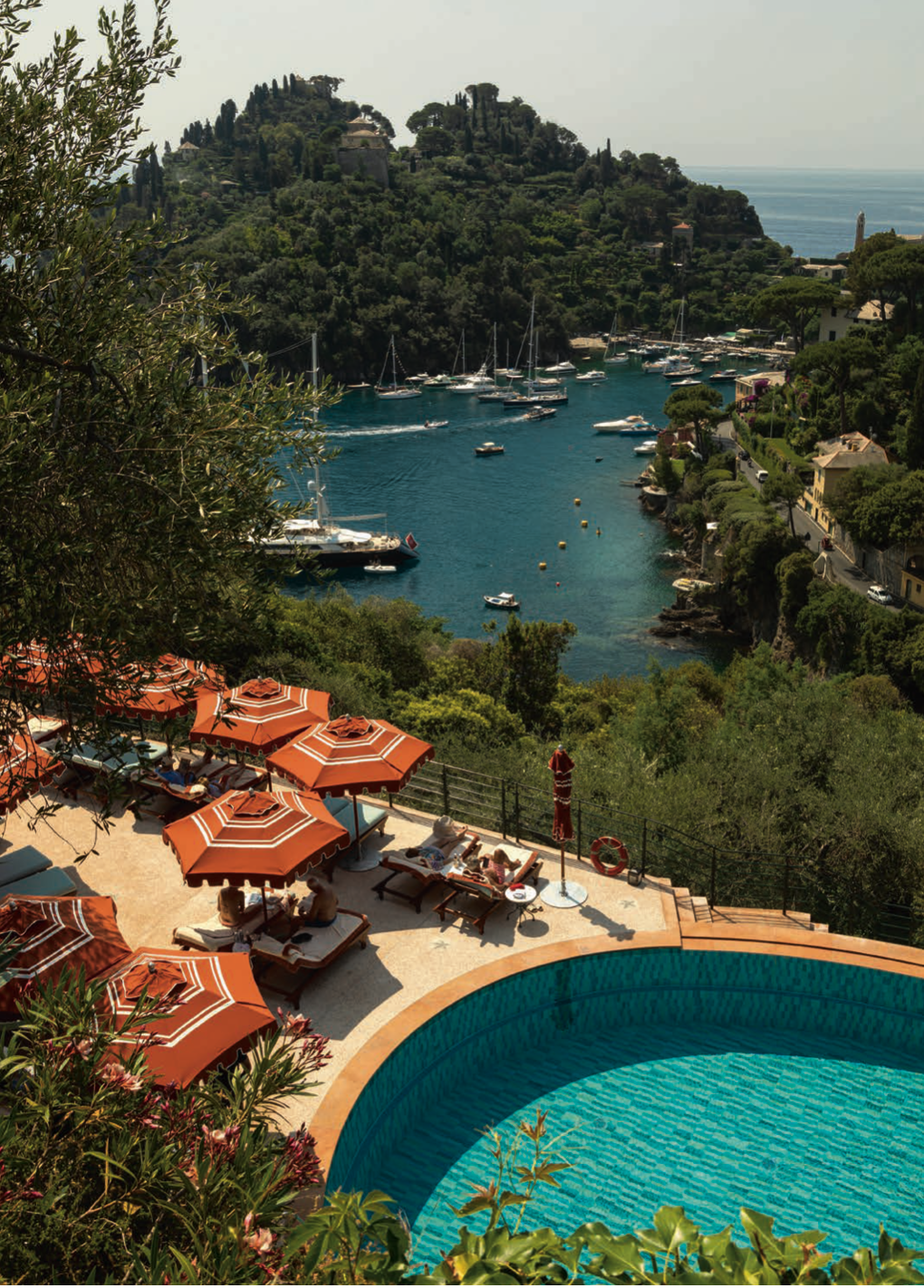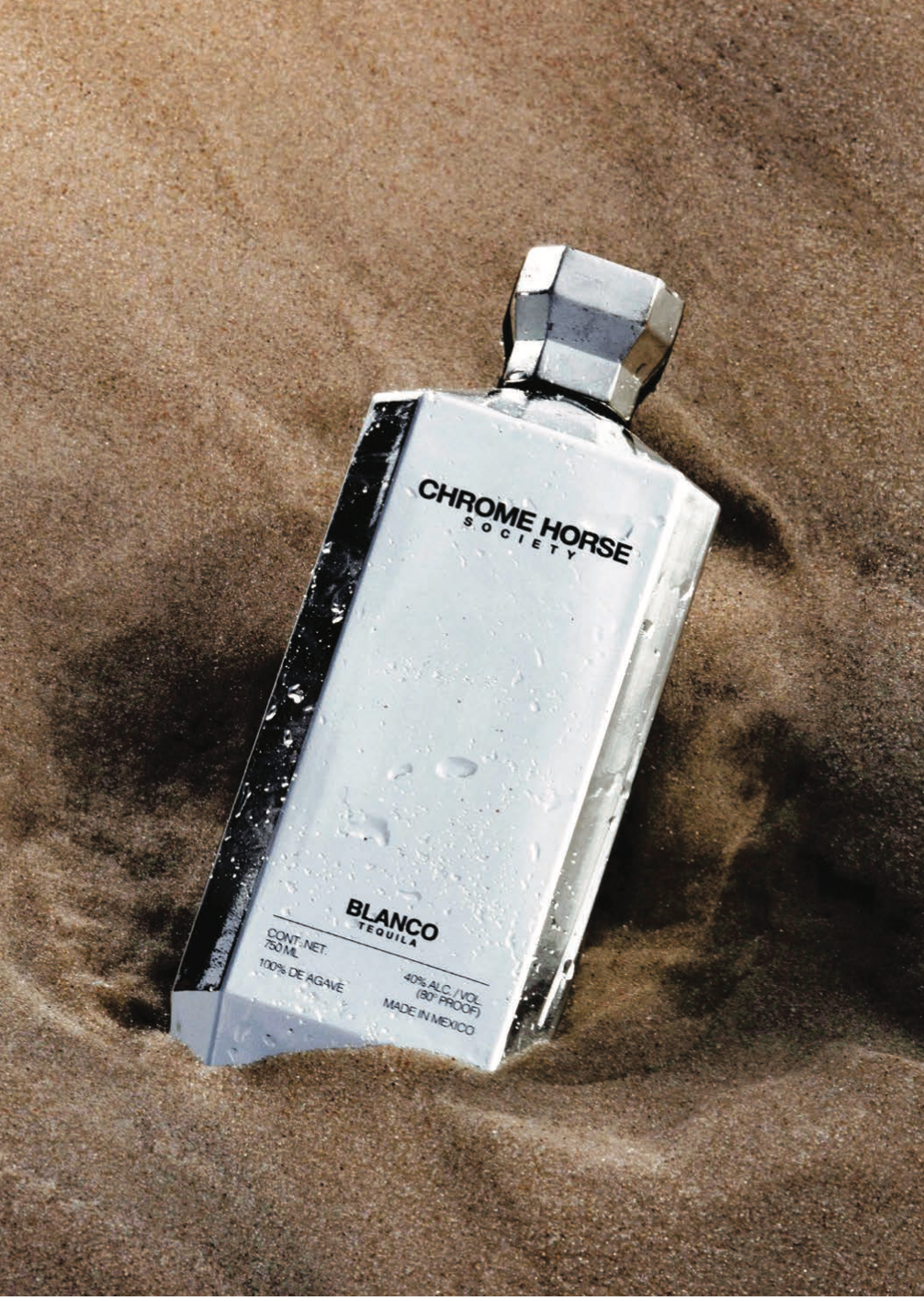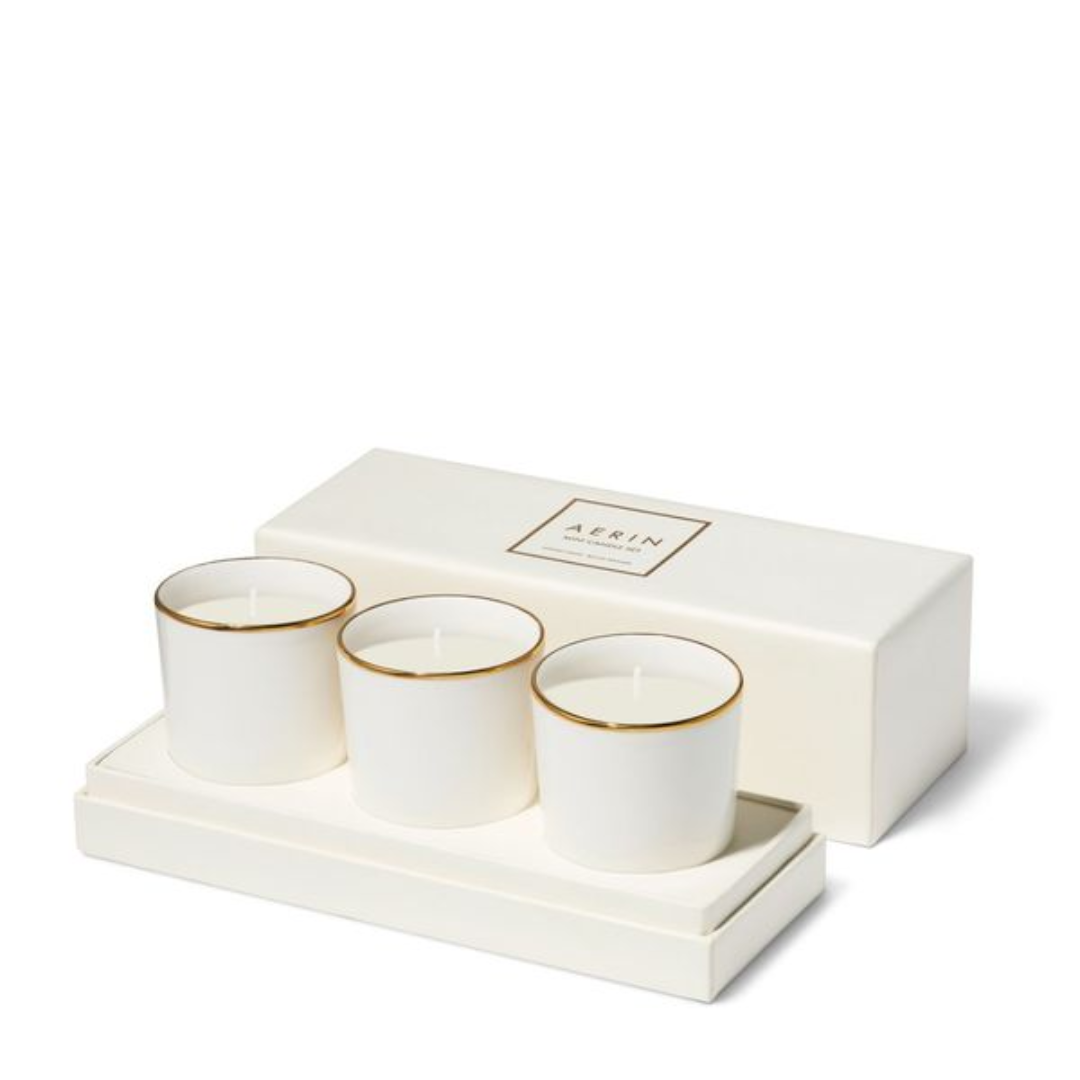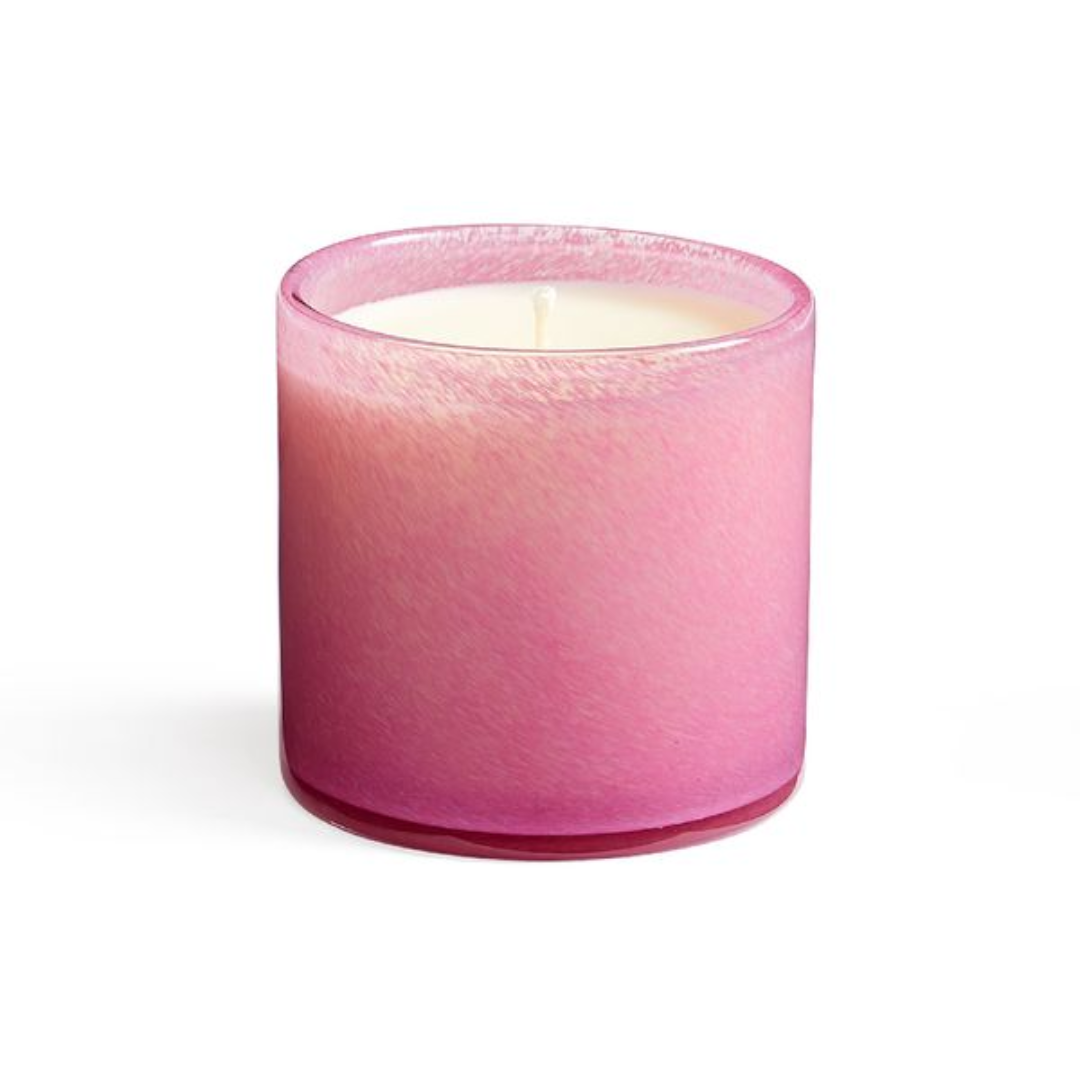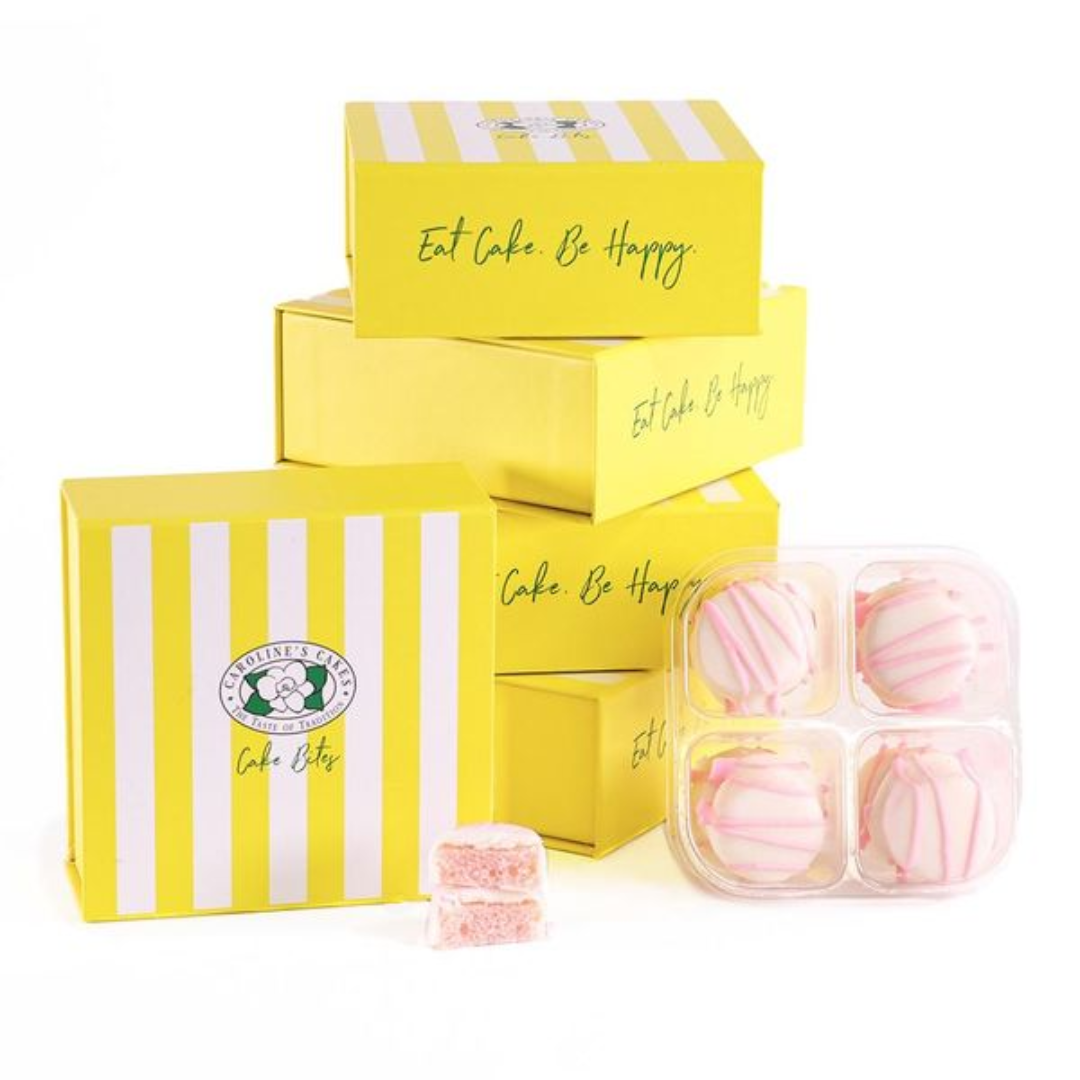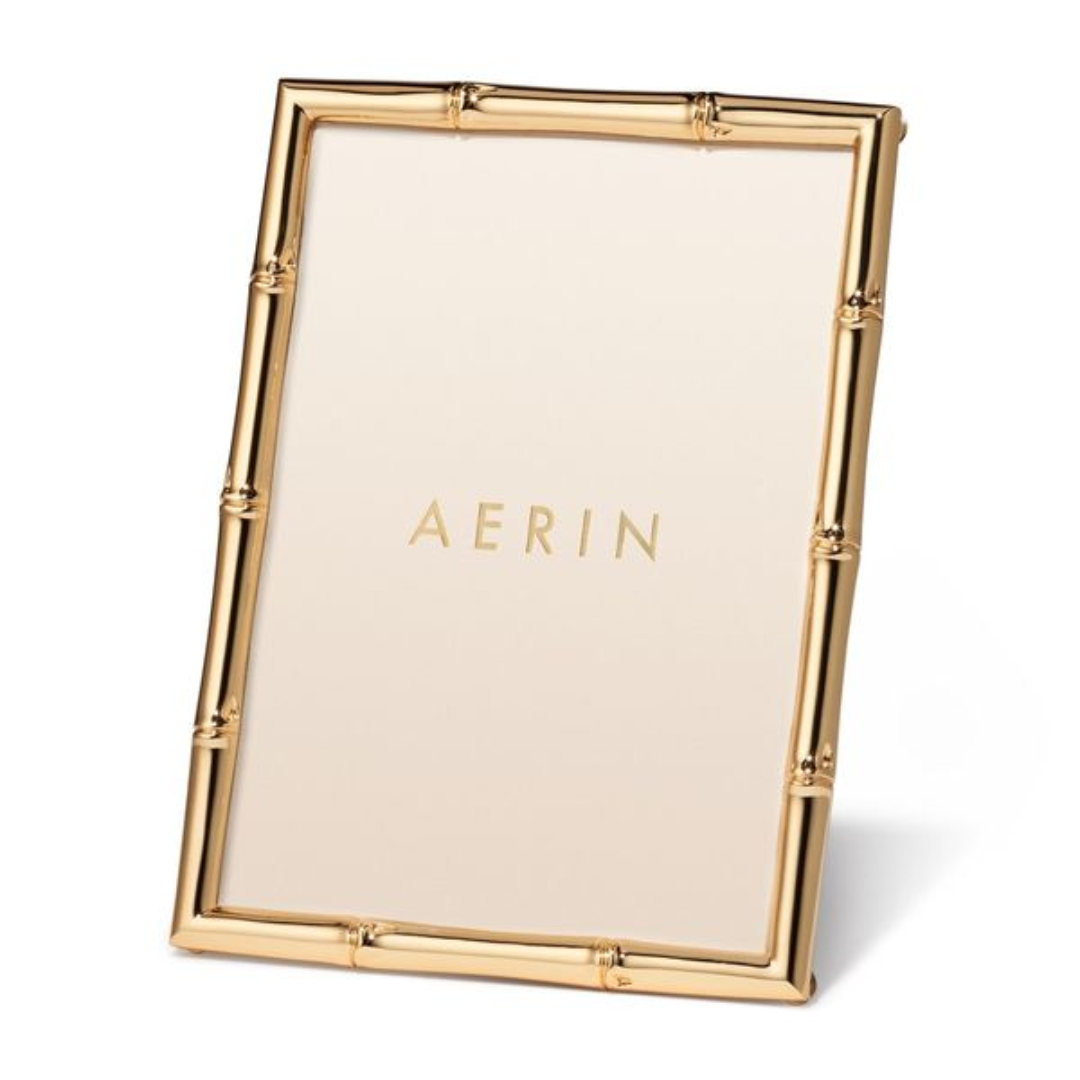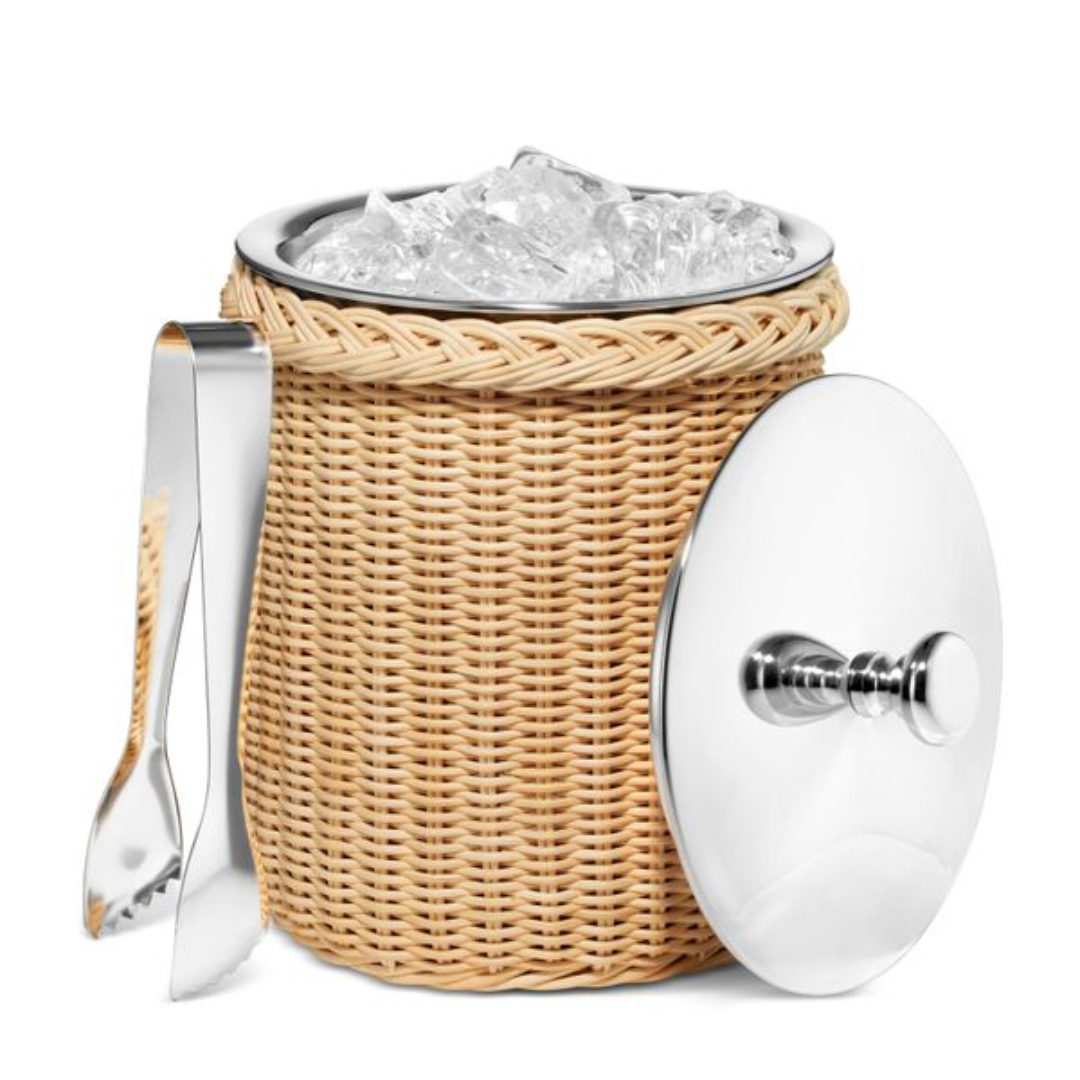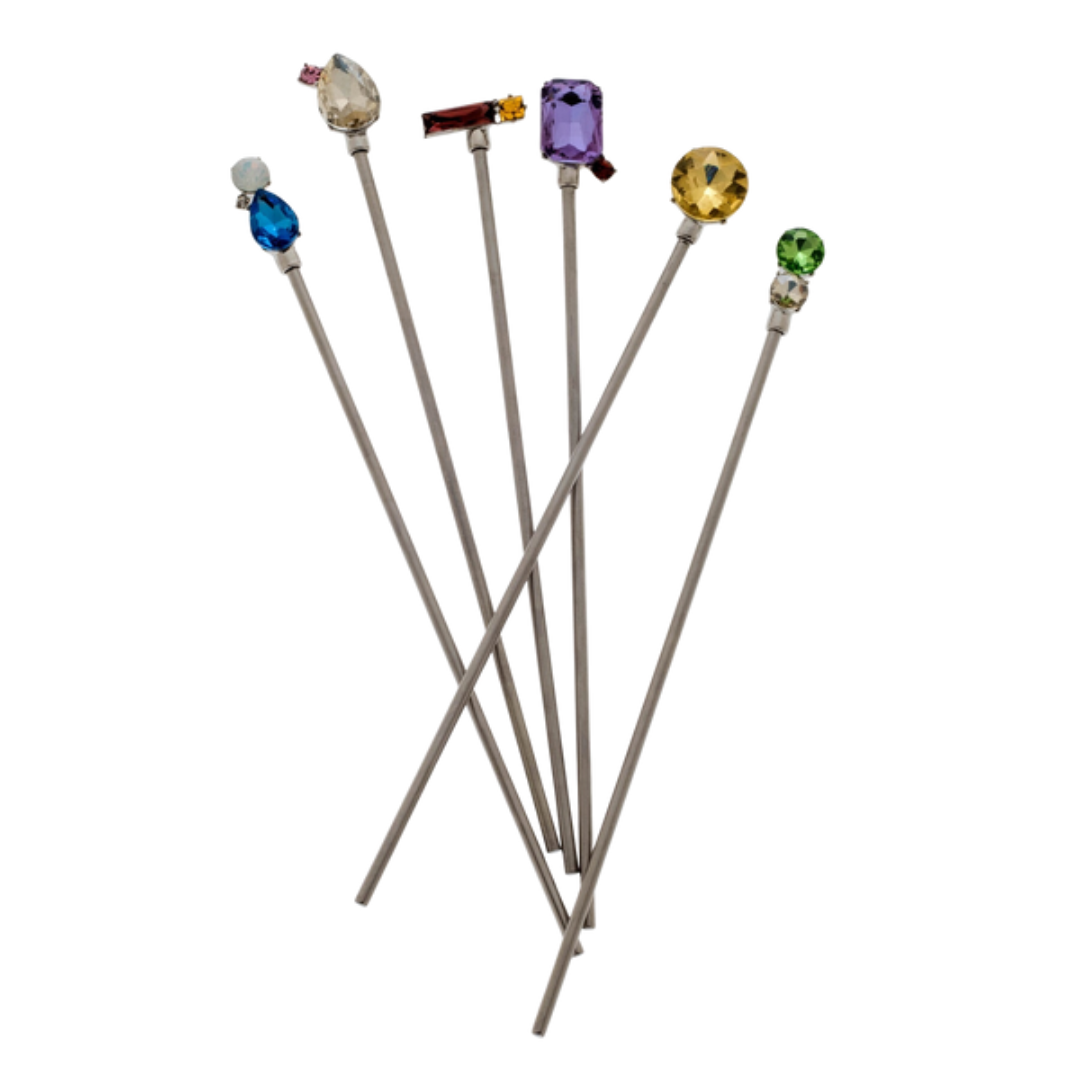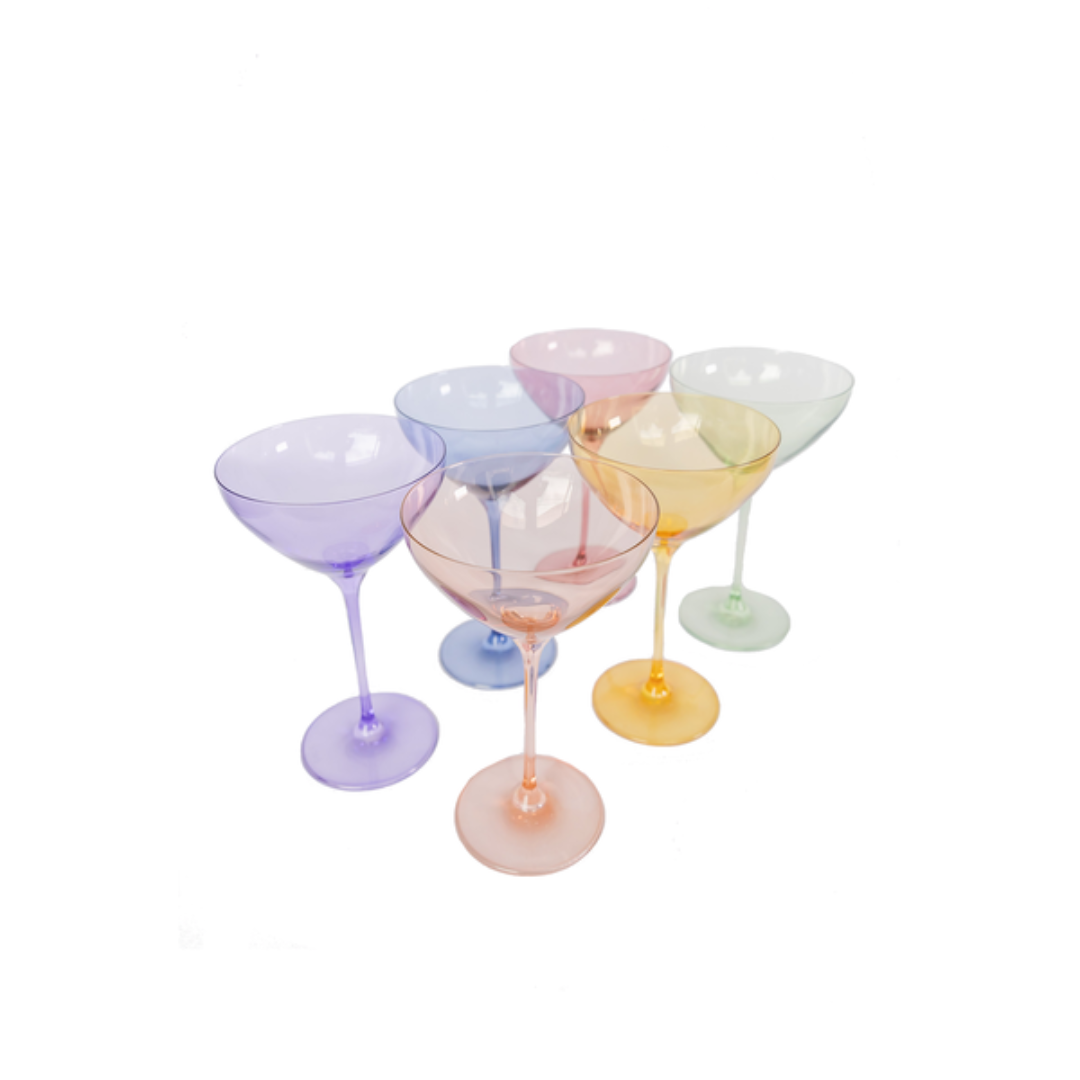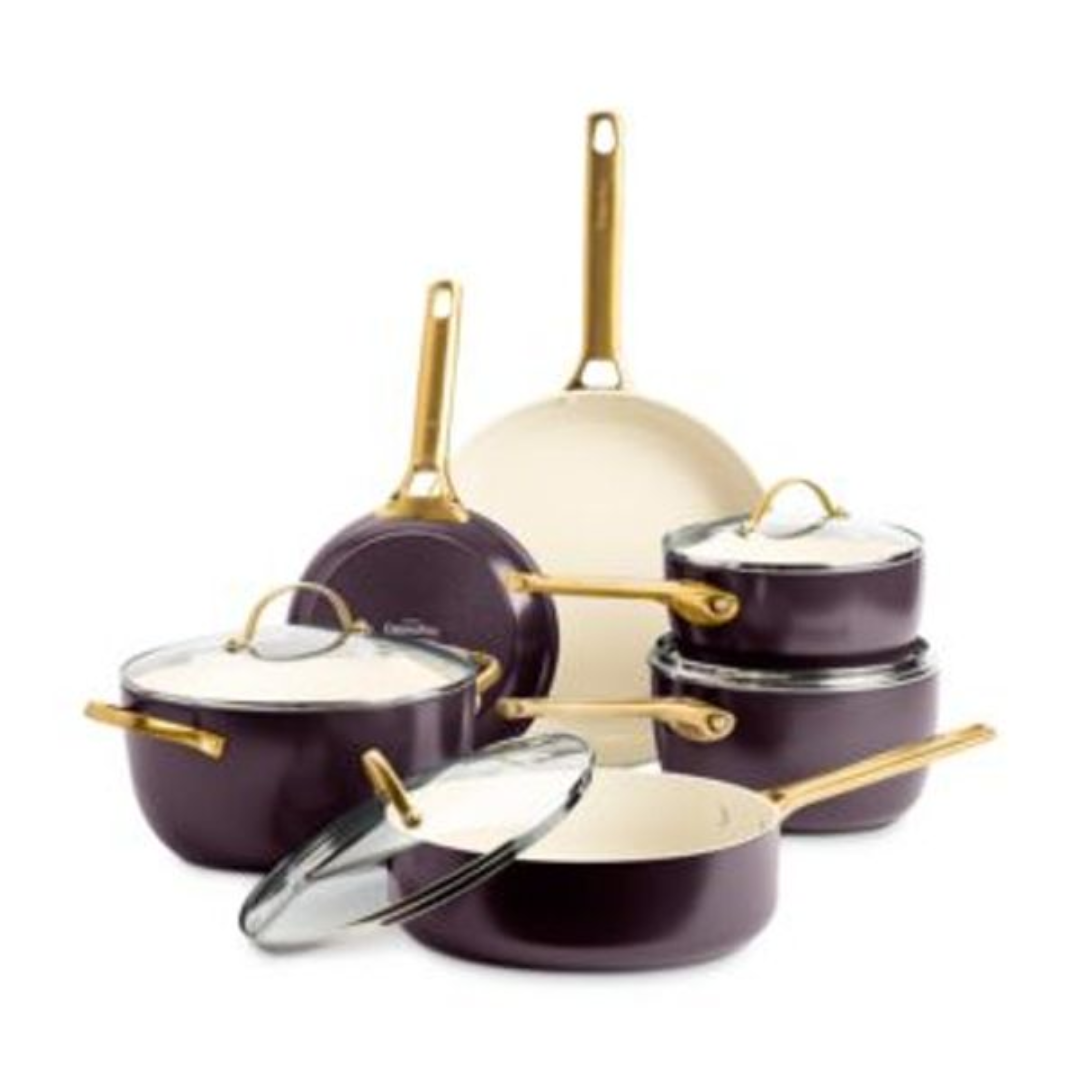THE GLASS HOUSE
A Transparent Canvas of Modern Art
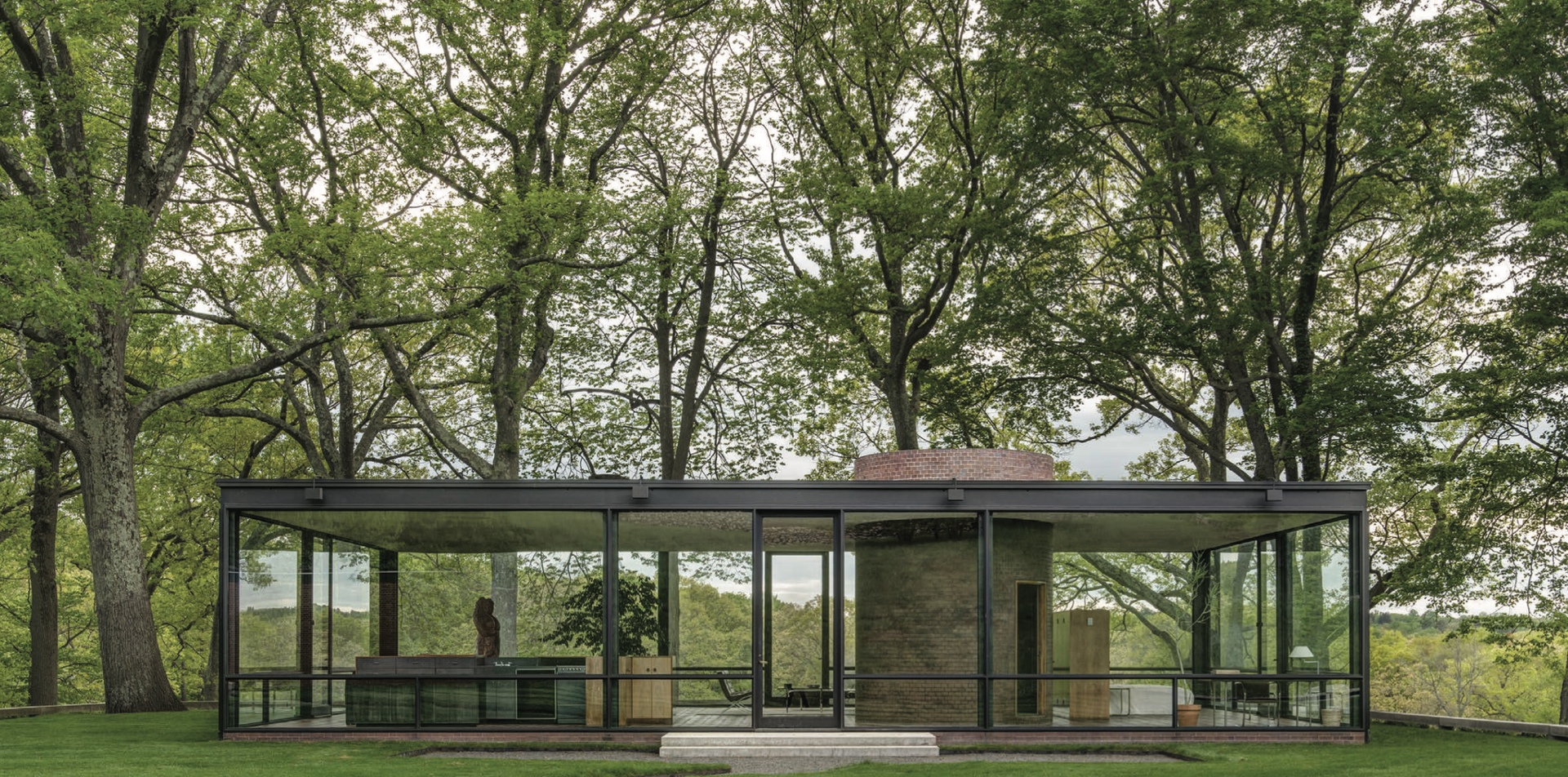
EXPLORING PHILIP JOHNSON'S ARCHITECTURAL MASTERPIECE AND ITS CURATED ART COLLECTIONS
Nestled amidst the rolling, verdant landscapes of New Canaan, Connecticut, Philip Johnson's Glass House is not merely an architectural marvel; it is a masterpiece of transparency, modernism, and artistic vision. This 49-acre estate, conceived between 1949 and 1995, embodies the creative genius of Johnson and his partner, curator David Whitney, whose combined passions transformed it into a living museum of architecture, art, and design.
Completed in 1949, the Glass House stands as a minimalist masterpiece, constructed from sheets of glass and delicate steel frames, dissolving the barriers between the indoors and nature. With unobstructed views of the surrounding landscape, the structure invites visitors to experience the serenity and interconnectedness of the environment. Its counterpart, the Brick House, offers a contrasting embrace of opacity, creating a thought-provoking dialogue between transparency and solidity.
While the architecture alone captivates the senses, the treasures within are equally remarkable. Johnson and Whitney, both devoted connoisseurs of contemporary art, curated an extraordinary collection that reflects the evolution of modernist aesthetics. Their taste and foresight brought works by art luminaries such as Frank Stella, Andy Warhol, Robert Rauschenberg, David Salle, Cindy Sherman, and Julian Schnabel to the estate, establishing it as a beacon of cultural significance.
One of the estate's most intriguing spaces is the Painting Gallery, an underground structure designed by Johnson in 1965. Inspired by the solemnity of ancient Greek tombs, this earth-bermed gallery provides an intimate, contemplative environment for experiencing large-scale modern paintings. Visitors can explore a rotating selection of works thanks to an ingenious system of moving racks, ensuring that no two visits are ever the same.
Equally captivating is the Sculpture Gallery, unveiled in 1970. This luminous, multi-tiered space, characterized by its glass roof and interplay of light and shadow, offers an immersive experience of three-dimensional art. Sculptures are displayed in a setting that blurs the line between the constructed and natural worlds, inviting viewers to engage deeply with each piece.
The estate’s expansive grounds further enrich the experience, featuring site-specific installations by renowned artists like Donald Judd and Julian Schnabel. Judd's minimalist works, known for their geometric clarity, and Schnabel’s expressive pieces create a dialogue with the surrounding landscape. These installations invite visitors to contemplate the profound connections between form, space, and environment.
Beyond the architectural and artistic elements, the estate serves as a tribute to the visionary partnership between Johnson and Whitney. Together, they redefined the concept of a museum, making the Glass House a place where art and architecture exist in perfect harmony. Their legacy lives on through the estate, which continues to inspire and captivate visitors with its seamless integration of creativity and nature.
For those eager to immerse themselves in this extraordinary convergence of art, architecture, and landscape, the Glass House offers guided tours from April 17 to December 15, 2025. Visitors can explore the estate's many facets, from the innovative galleries to the serene outdoor installations. Tickets are available on the Glass House’s official website, and advance booking is recommended to secure your spot.
A visit to the Glass House is more than just a tour; it’s an intimate journey into the creative minds of two modernist pioneers. It’s an opportunity to experience firsthand how architecture and art can shape our perception of space, time, and beauty—a testament to the timeless legacy of Philip Johnson and David Whitney.



